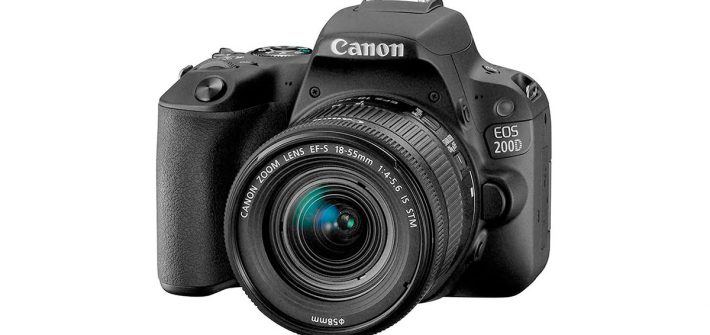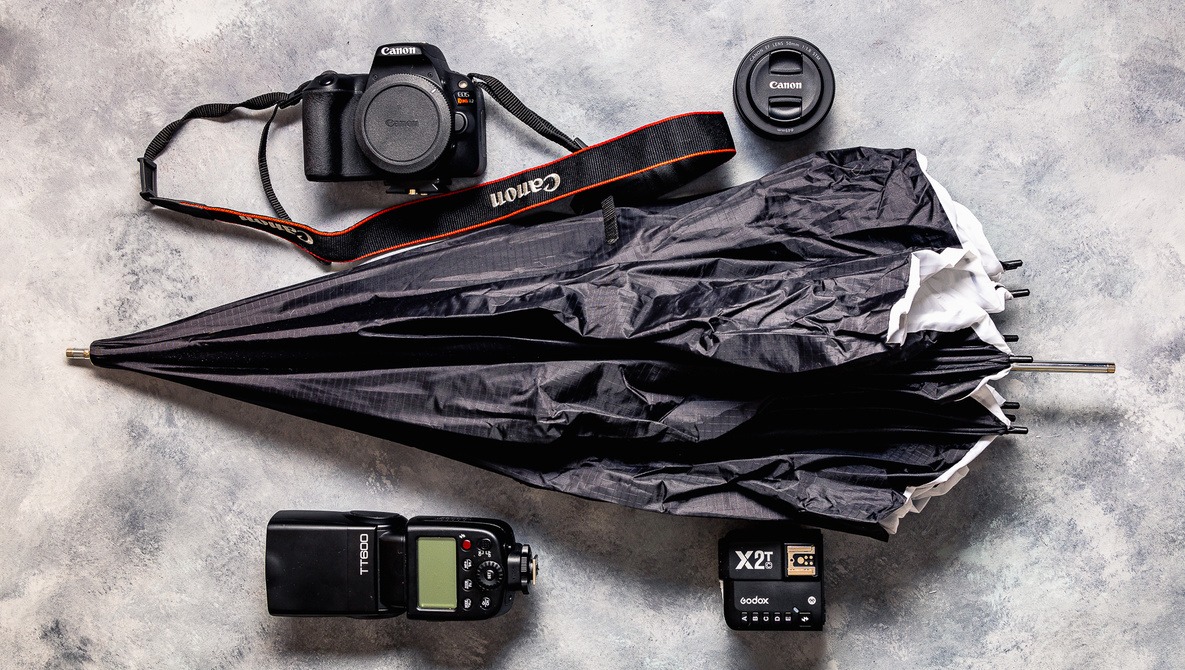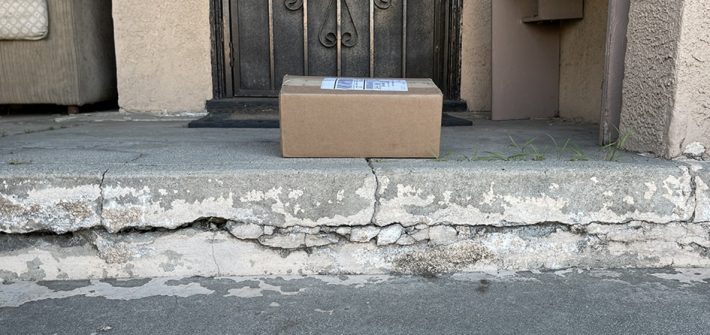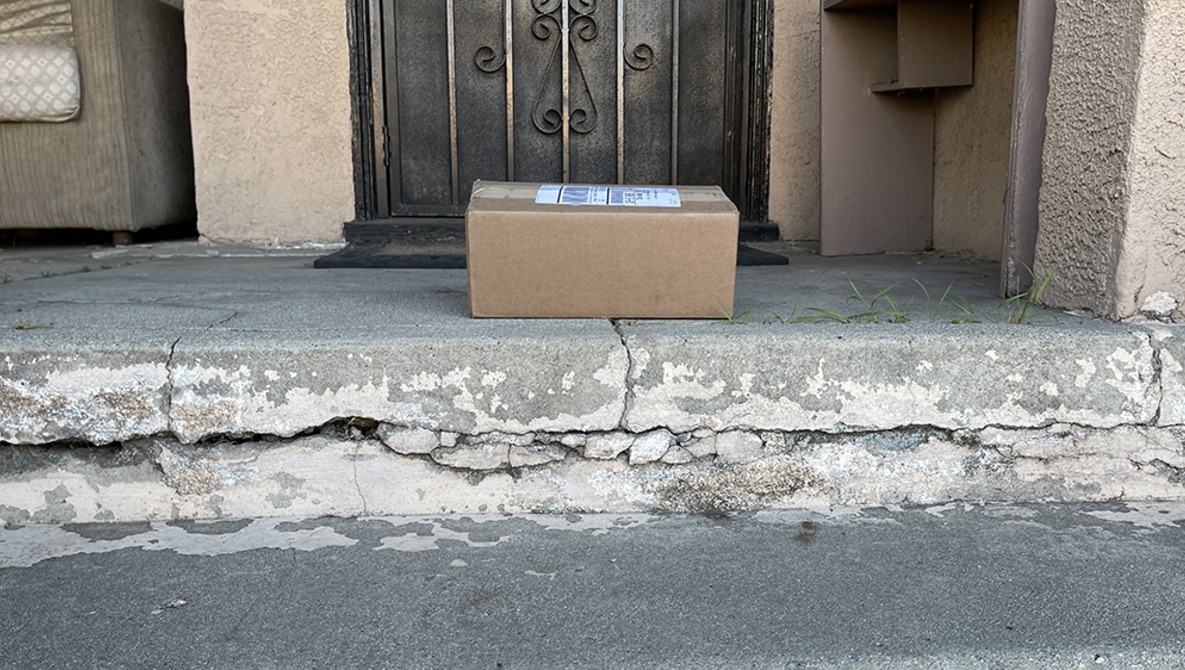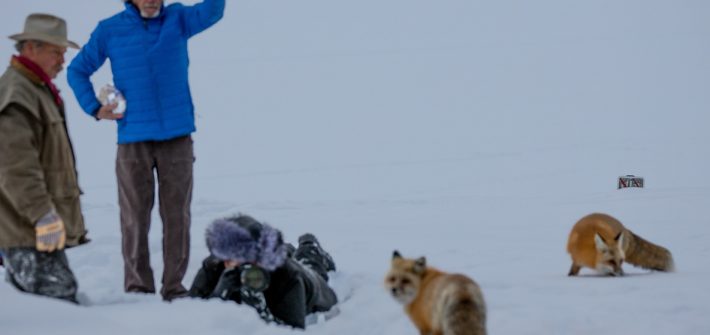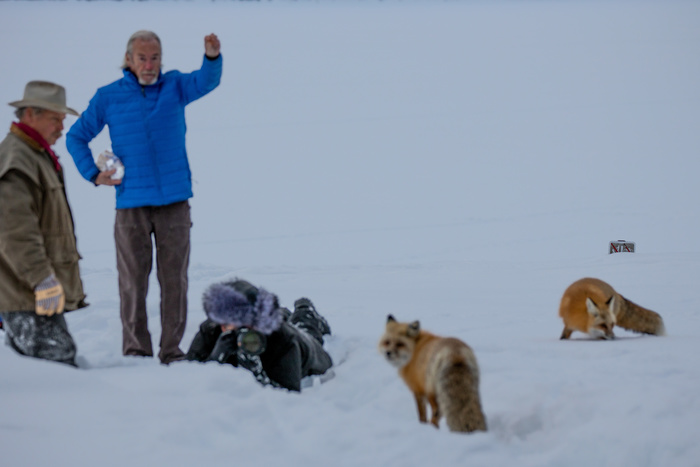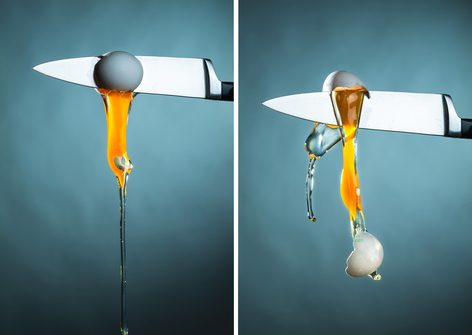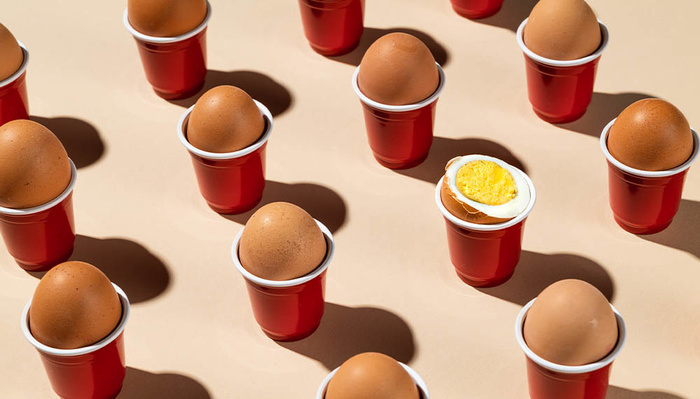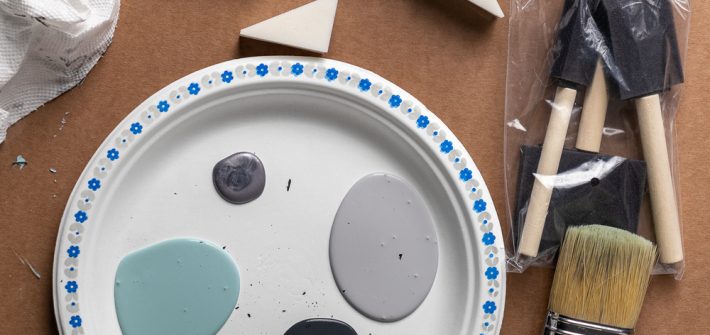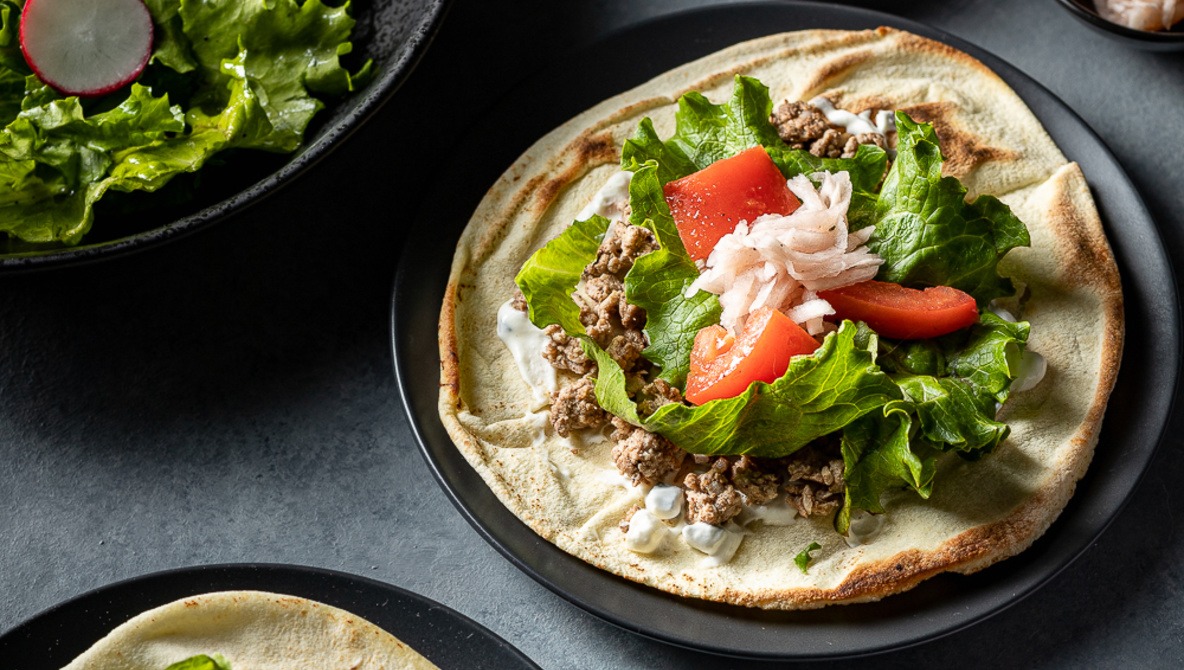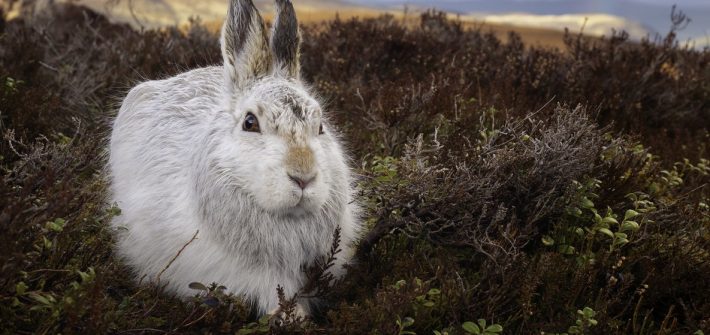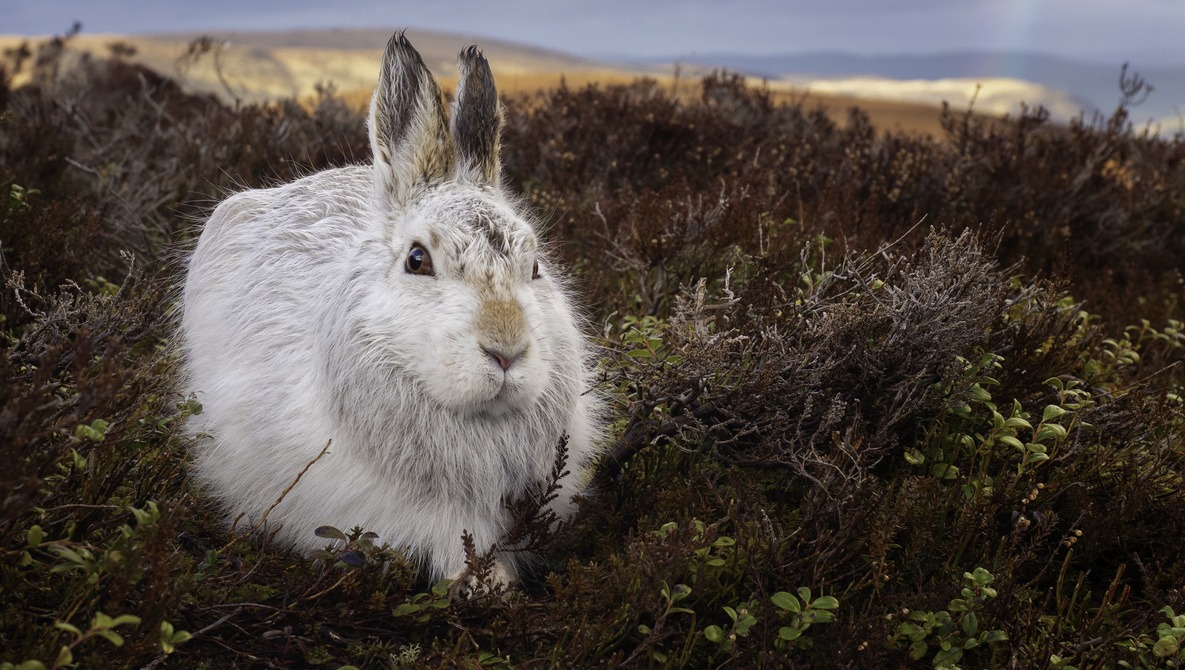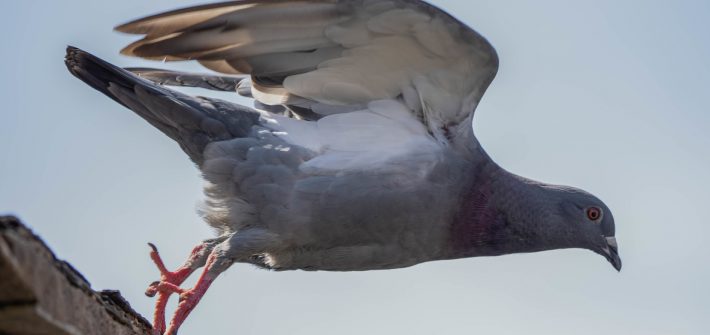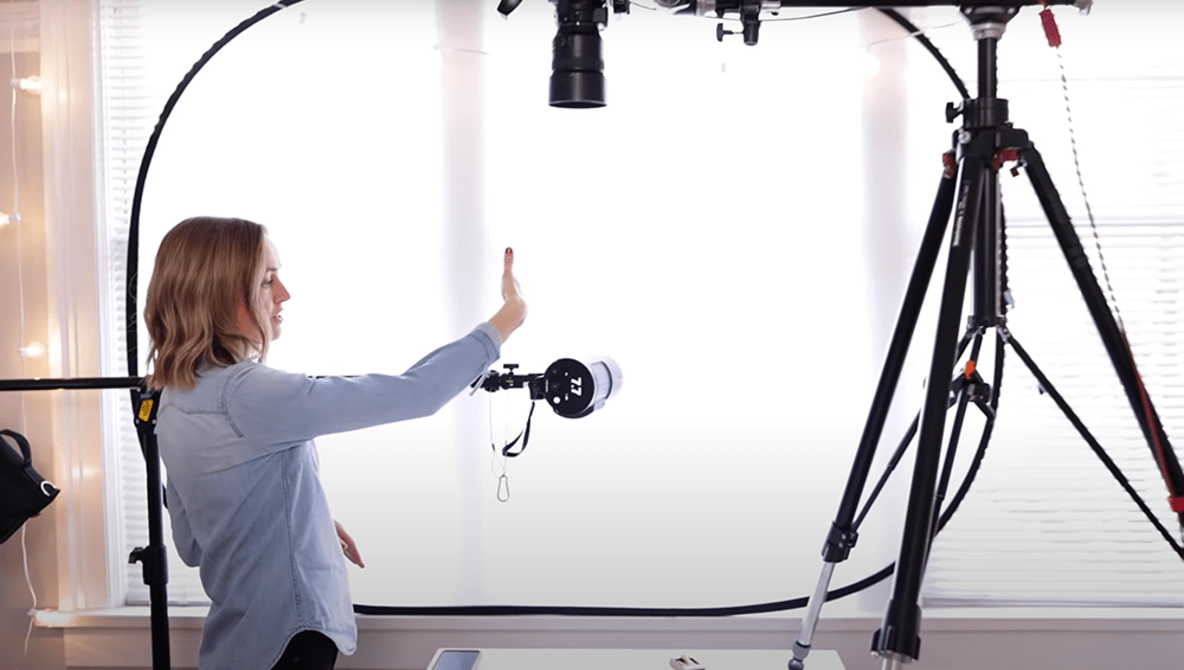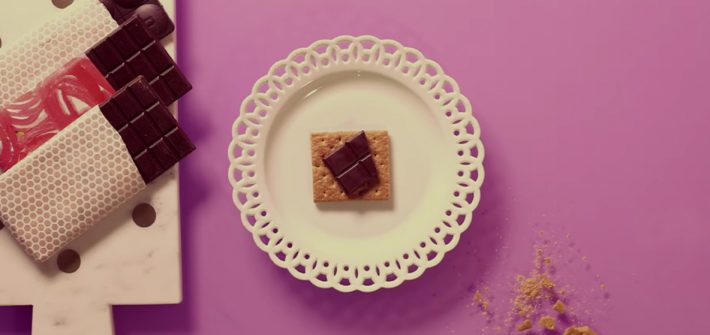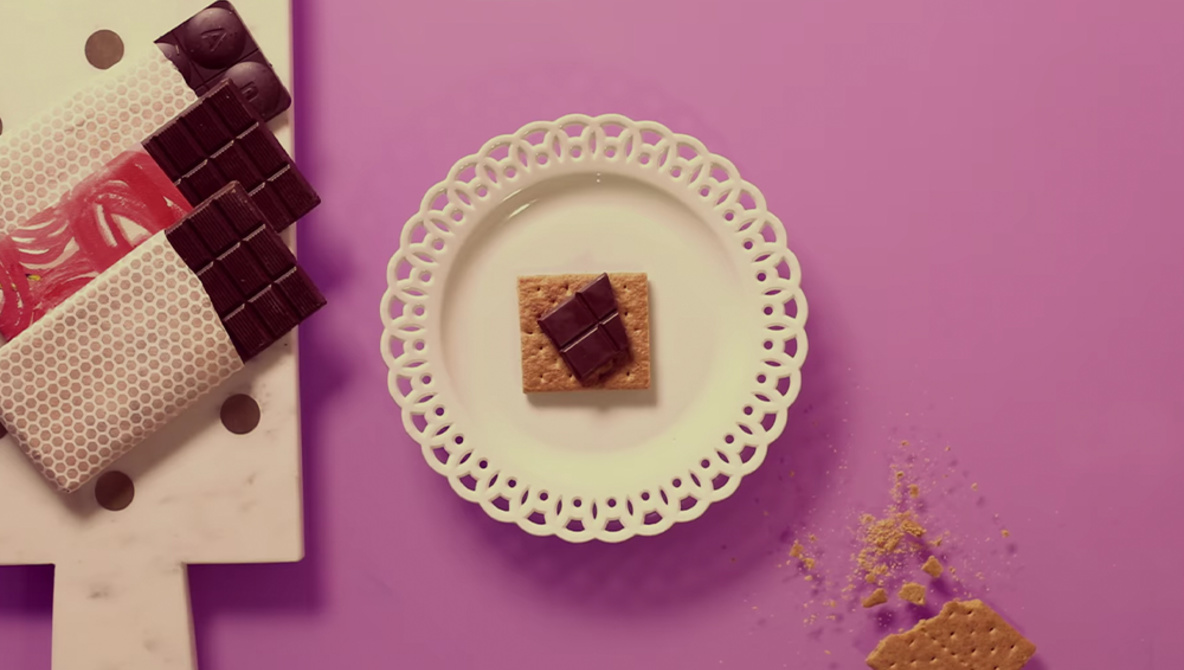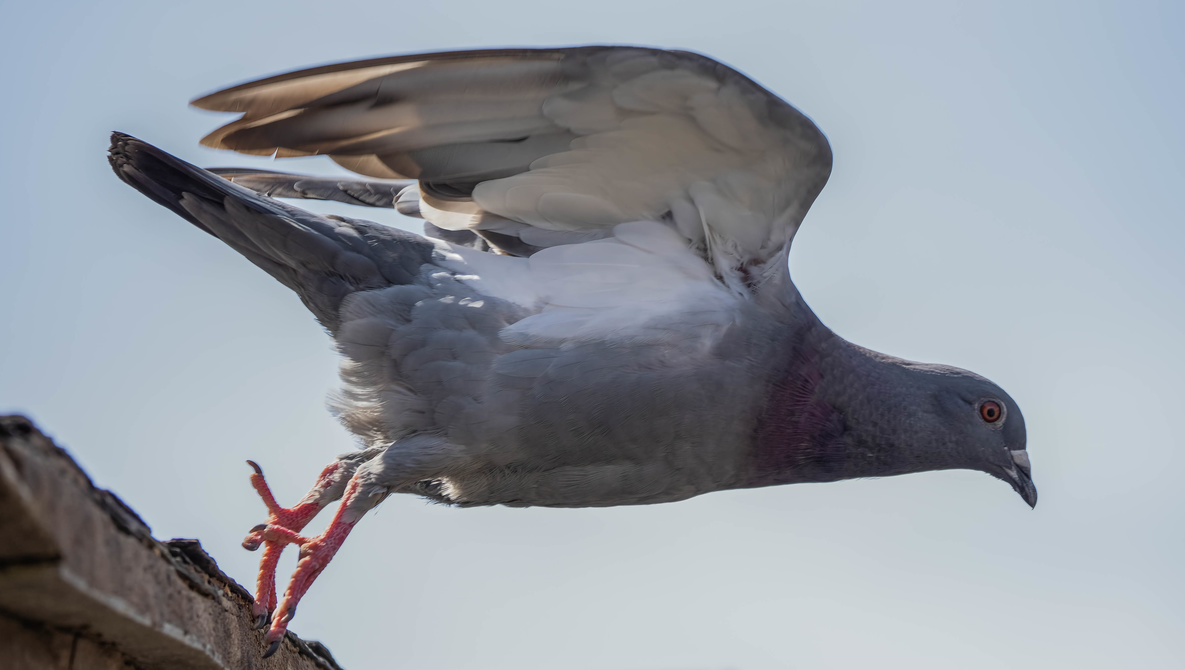
We all have genres that we usually shoot, but sometimes, we want to dabble in photography outside our comfort zone. It is possible to start getting great photos in other areas without them becoming a full-time occupation or costing a fortune in the extra kit. Here’s how to do that with wildlife photography.
There are different breeds of wildlife photographers. At the top of the food chain is Photographicus Obsessius. They study individual species, so they know all their behaviors and can call them by their Latin names. They get up at 2 a.m., drive fifty miles or more, and sit…
[ Read More ]
![]()
